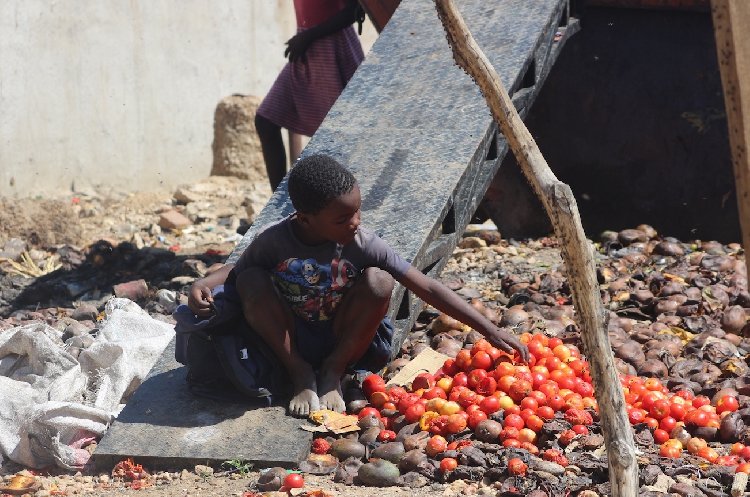NAMIBIA has a serious hunger problem, a report by the International Food Policy Research Institute (IFPRI) said yesterday. The institute seeks sustainable solutions for ending hunger and poverty.
The country’s 2016 Global Hunger Index or GHI score is 31,4 out of 118 countries covered by the institute. The institute stated that the country’s hunger position was ‘serious.’ The ranking in 2008 was 29,6.
The proportion of undernourished people in the population was 42,3%, the report said. The prevalence of wasting in children under five years was 7,1%, while the prevalence of stunting in children under five years was 23,1%. The under-five mortality rate was 4,5%.
Although the current drought was not mentioned in the report, hunger in the country may increase this year due to the prevailing drought. In June, President Hage Geingob declared a state of emergency due to the ongoing drought, while government had set aside N$90 million for the period April to July this year. In order to feed the people, government has been running a drought relief programme, which saw N$916 million spent towards drought relief from April 2015 to March 2016.
About 700 000 people facing survival and livelihood protection deficits caused by the food-and-mouth disease, increased prices of the staple food basket and severe drought conditions have received non-food assistance.
The report by IFPRI stated that the global community is not on course to end hunger by the United Nations sustainable development goal deadline of 2030, according to data from the index.
“Simply put, countries must accelerate the pace at which they are reducing hunger, or we will fail to achieve the second sustainable development goal,” said IFPRI director general Shenggen Fan.
The Central African Republic, Chad, and Zambia had the highest levels of hunger, according to the report.
The report, however, also outlined some bright spots in the fight to end world hunger. The level of hunger in developing countries as measured by the Global Hunger Index has fallen by 29% since 2000.
The GHI is based on four key indicators: undernourishment, child mortality, child wasting and child stunting.
Stay informed with The Namibian – your source for credible journalism. Get in-depth reporting and opinions for
only N$85 a month. Invest in journalism, invest in democracy –
Subscribe Now!










